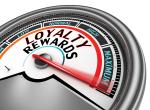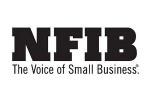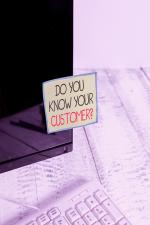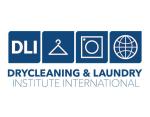CHICAGO — Knowing where to start, much less how to proceed, when it comes to digital marketing has befuddled many small- to mid-sized business owners, the category to which the vast majority of dry cleaners belong. But, by taking the “digital” out and focusing on people, Donna Botti says, the way forward becomes much cleaner.
Botti, owner of Delos, Inc., a firm located in the Philadelphia area that specializes in marketing and interactive communications, offered her advice during a recent webinar presented the National Federation of Independent Business (NFIB). Her talk, “How to Create a Digital Marketing Strategy that Delivers Results,” focused on the steps small-business owners should take to create an effective marketing strategy.
“How do you go from this craziness that you feel about marketing to something that is actually growing your business?” she asks. “You’ve got a lot going on. You’re really good at what you do, but marketing might not be your area of expertise or high on your priority list — and you know that you have to do it.”
Many owners fall short in this area because of the myriad choices in front of them, Botti says: “Maybe you’re practicing what we call ‘random acts of marketing,’ or even worse, not doing anything because it’s too overwhelming and you don’t know where to start.”
Focus on What’s Really Important
Many business owners, Botti says, lose track of a very important concept when it comes to digital marketing: What are they trying to accomplish?
“You need to set goals for your results,” she says. “Are you looking to get more leads? Are you looking to make sales? Are you trying to increase brand awareness? You can have multiple goals, but if you don’t know what your goals are, and you’re not measuring them, how do you know what’s actually working?”
Also, when it comes to digital marketing, Botti believes that owners get so lost in the technology that they often overlook the most important element in the mix: the customer.
“It all starts with knowing who your client is, and then solving their problems,” she says, “and then being clear on your value.”
Part of this focus, Botti says, is dialing in on the buyer’s journey. “The buyer’s journey is the process that someone goes through from the time they realize, ‘Oh, I need something,’ or, ‘I have a problem’ until the time they actually purchase a product or service,” she says. “If you think about your own behavior, we’ve all become researchers over the years. We want to know everything before we actually call a business or stop in their store, so we try to go to the website to find out all of this information.”
By keeping this process in mind for the clients you want to visit your store, you can begin to determine the direction of your marketing.
“When you understand the process that your customers go through, and what information they’re looking for, then you can try to pick your channels,” Botti says. “Where should you be doing your marketing? Where should you be focusing your efforts? It’s not a good idea to be everywhere. You want to be strategic about this and do it right, and then make a plan. What are you going to say? What is your content? What matches what those people on the buyer’s journey need?”
Reaching your target audience is only the first step, Botti says.
“Once you’ve got the lead, you have to nurture those leads, so that you convert them to prospects and customers,” she says. “And then you’re going to engage your current customers for repeat and referral business.”
Once you have a marketing plan set up, Botti says that things start to fall into place. “It’s really this simple,” she says. “It is not something that is magic, and there’s no easy button. But it is something that is doable, and that it works consistently.”
The trick, Botti believes, is making marketing a habit, rather than an event.
“Teams on the small and medium-sized businesses do not want to spend all their time on social media or spend all their time marketing,” she says. “So, you have to figure out how to make it manageable and fit it in with what you do every day.”
Focusing on the Right Clients
When it comes to refining your marketing efforts, Botti suggests thinking of three key components — your product or service, your message and your audience. All three of these elements should mesh together like gears in a machine, driving each other forward.
“It’s a really noisy world out there,” Botti says. “I can’t even tell you how many messages we receive every day. But we’ve gotten very good at tuning out anything that’s not really relevant to us. If the message you’re giving to people doesn’t resonate with the right people for your products and services, then you will have wasted your time and money.”
Knowing your audience, Botti believes, is the most important factor in marketing.
“From your business perspective, you’re used to thinking about things from your point of view,” she says. “I want you to think about your marketing, turning it all around to think about your ideal audience. What do they think? Your message has to resonate with that audience. And then the product or service you deliver has to match the message and be the right fit for that audience.”
Come back Thursday for Part 2 of this series, when we’ll look at what makes for an ideal client, and how you can best connect with them.
Have a question or comment? E-mail our editor Dave Davis at [email protected].















































































































































